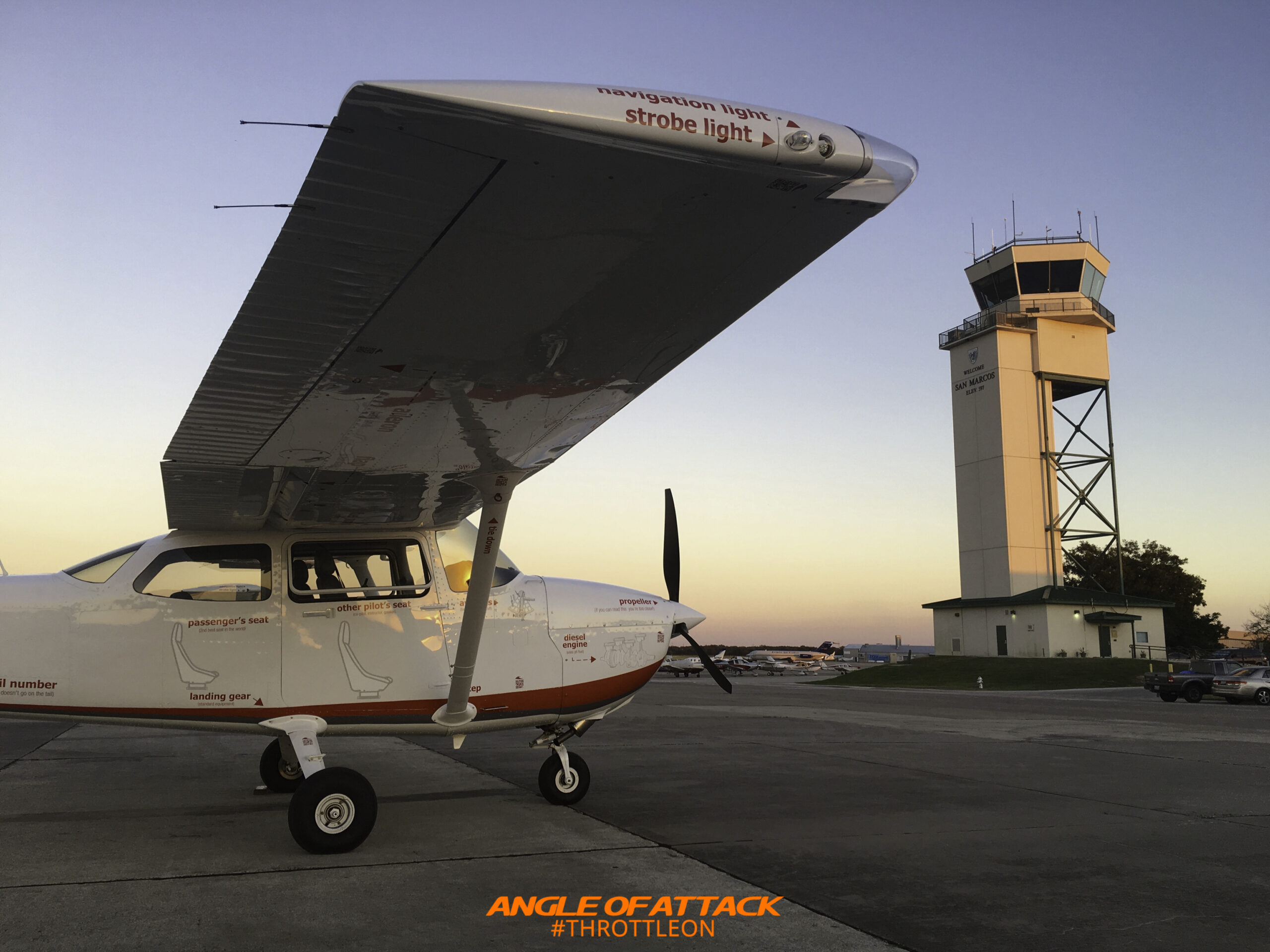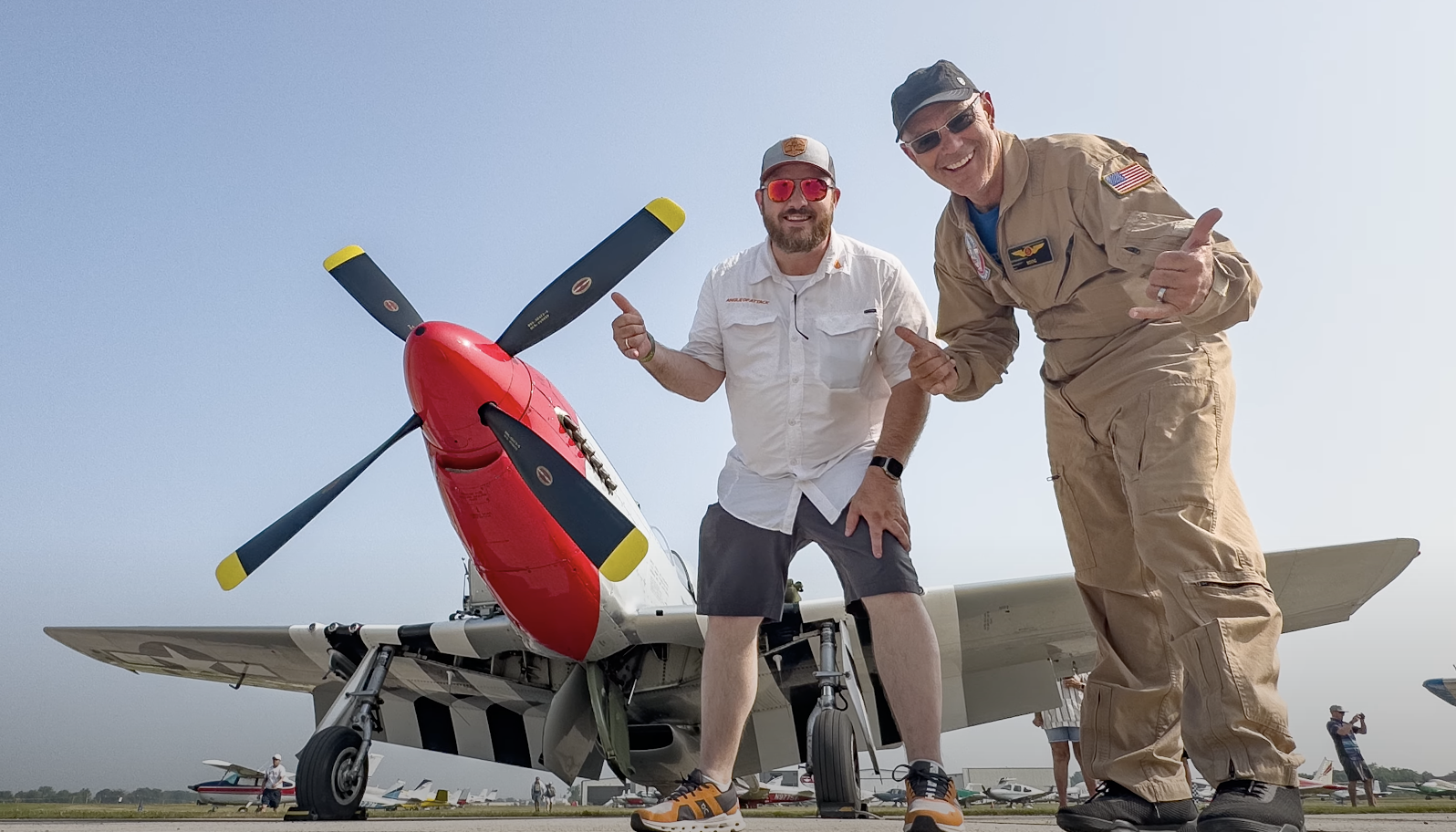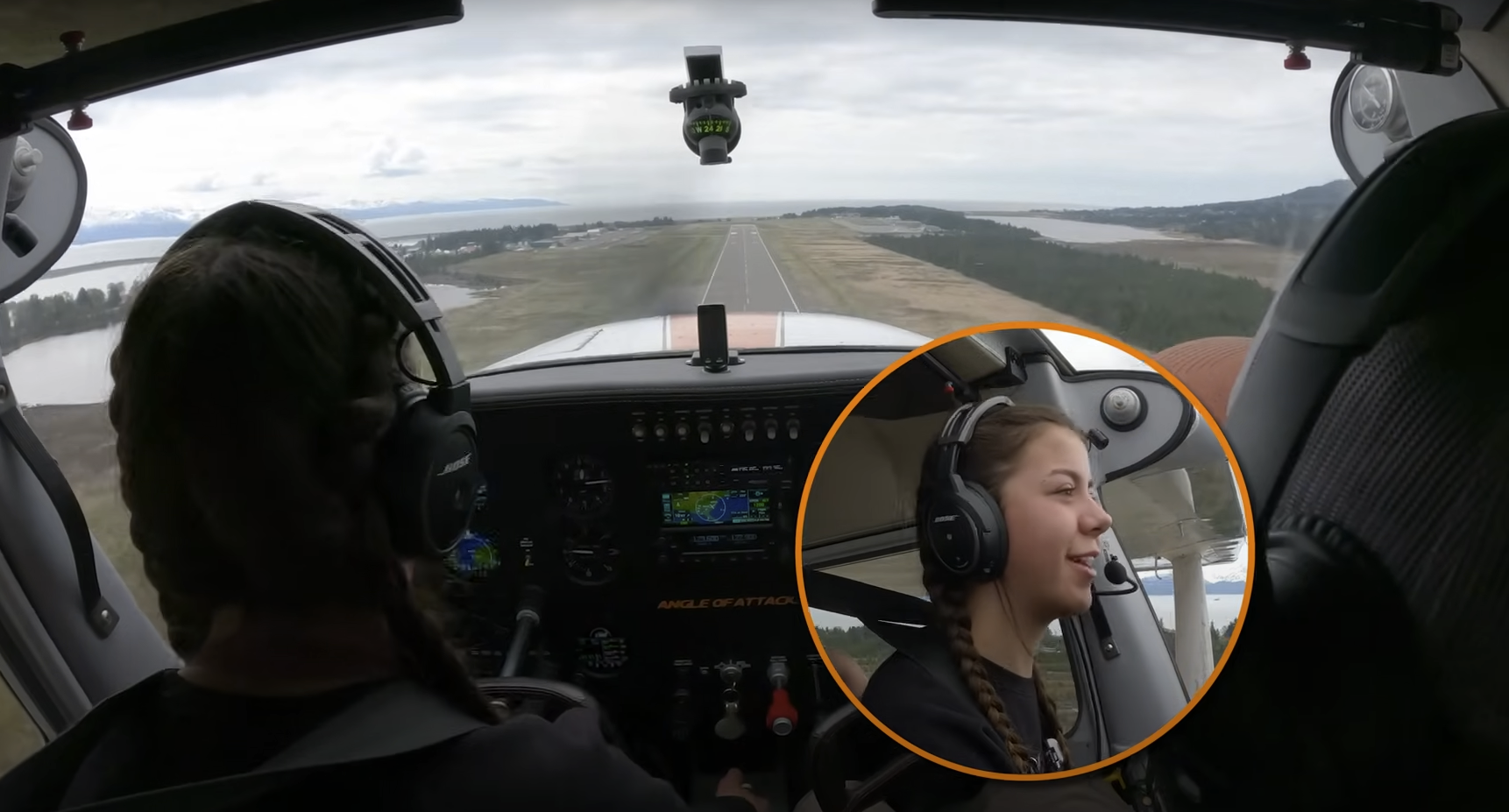
Learning how to fly a short field takeoff emulating departure from a short airfield is a necessary and fun procedure to learn. Typically, a short field takeoff procedure is performed in addition to an obstacle clearance procedure, considering make-believe or real 50+ foot obstacle. The objective is clear: get off as soon as we can, and climb to clear the 50-foot obstacle. An airfield is usually considered “short” if the length is less than 2,500 feet. Of course, it does depend on the airplane and the pilot.
In flying the short field take off, first, set your flaps to 10º. Next, we go full power while holding the brakes. This prevents the aircraft from moving forward while we make sure full power is available, and all systems are normal. This should only take a few seconds.
Now, you have lined up your airplane at the very start of the runway, you release the brakes and begin to roll. At this time go through your normal takeoff checks, once again checking the engine instruments. The airplane will automatically begin to pull to the left as soon as you let go of the brakes, counteract accordingly with right rudder pressure.
You’ll lift off the aircraft right at rotation speed. That’s usually about 55-60MPH, or less based on the equivalent in knots. (Consider also this is a 172, and it changes based on aircraft type). At rotation, after you lift off, you’ll climb out at Vx. Vx is the best ANGLE of climb or the best climb over distance. It’s the slower of the two climb airspeed. This airspeed means we gain the most altitude over the short distance we have remaining to clear that 50-foot obstacle up ahead.
Again, to make sure you achieve the best performance in the short field takeoff, use continued right rudder pressure, and therefore coordination, throughout the climb. Once clear of the obstacle, you can accelerate to your Vy climb speed by reducing the angle of attack. When appropriate, slowly move your flaps to the up position. Do all this smoothly, with enough speed, and maintain that climb performance, and everything from here on out is normal procedure for the takeoff.
There are other factors that are important in short field takeoffs. You have to consider weight, density altitude, type of aircraft, and skills of the pilot. Also, keep in mind, the wind is always your friend for a short field takeoff. Even a crosswind will be helpful to a short field takeoff. Without some wind, the runway will seem much shorter.
Now, grab an instructor and go out there in the real world to fly a real short field. There’s nothing like staring at real trees at the end of the runway. Remember to do your performance numbers and be honest about your ability to execute the procedure well. Give yourself a big buffer on your distance, we would say 50% extra.
Enjoy!
Chief Flight Instructor and President of Angle of Attack. Founded in 2006.

Stay Connected
Be the very first to get notified when we publish new flying videos, free lessons, and special offers on our courses.





